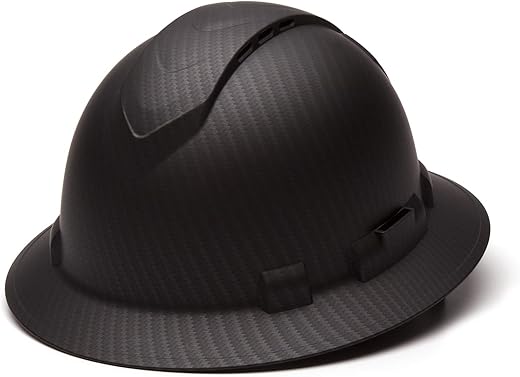







The Essential Guide to Hard Hats: Your Safety Helmet on the Job
When you think about safety gear, what comes to mind? Perhaps a pair of steel-toed boots or a reflective vest. But let’s not overlook the hard hat. This simple yet crucial piece of equipment is a frontline defender against workplace hazards. Whether you’re on a construction site, in a factory, or even participating in a DIY project, a hard hat can be your best ally. In this article, we’ll delve into the importance of hard hats, their types, proper usage, and maintenance tips to ensure you stay safe and sound.
What is a Hard Hat?
At its core, a hard hat is a helmet designed to protect your head from injuries caused by falling objects, impact, and electrical hazards. Imagine standing under a scaffold when a wrench drops from above. Without a hard hat, that wrench could cause serious injury. Hard hats are made from durable materials like high-density polyethylene (HDPE) or fiberglass, providing a robust shield for your noggin.
Why You Need a Hard Hat
The importance of wearing a hard hat cannot be overstated. According to the Occupational Safety and Health Administration (OSHA), head injuries account for a significant percentage of workplace fatalities. By wearing a hard hat, you significantly reduce your risk of head injury. Think of it as an umbrella in a rainstorm; it might look simple, but it keeps you dry and safe from harm.
Types of Hard Hats
Not all hard hats are created equal. They come in various types, each suited for different environments and hazards. Here’s a breakdown:
1. Type I Hard Hats
These are designed to protect against impacts to the top of the head. They are typically used in construction sites where falling objects are a common concern.
2. Type II Hard Hats
Type II hard hats provide protection from impacts to both the top and sides of the head. These are ideal for environments where workers are exposed to potential lateral hazards, such as in manufacturing or assembly lines.
3. Electrical Hard Hats
These hats are specially designed for electrical workers. They provide protection from electrical shocks and are often made from non-conductive materials. If you work around live wires, this type of hard hat is a must-have.
4. Ventilated Hard Hats
For those working in hot environments, ventilated hard hats can be a game-changer. They feature holes or vents that help to keep your head cool, making long hours more bearable.
How to Choose the Right Hard Hat
Selecting the right hard hat is like choosing the right tool for a job; using the wrong one can lead to disaster. Consider these factors:
– **Fit:** A hard hat should fit snugly but comfortably. Use the adjustable suspension system to ensure a secure fit.
– **Material:** Depending on your work environment, choose a hard hat made from the appropriate material.
– **Certification:** Ensure that the hard hat meets the safety standards set by OSHA or ANSI. Look for labels or markings that indicate compliance.
How to Wear a Hard Hat Properly
Wearing a hard hat might seem straightforward, but there are a few nuances to consider. First, always wear the hard hat with the brim facing forward. This position maximizes protection. Adjust the suspension system so that it sits comfortably about one inch above your head. This space allows for adequate protection against impacts.
Maintenance Tips for Your Hard Hat
Just like any other piece of equipment, hard hats require regular maintenance to ensure they remain effective. Here are some key maintenance tips:
1. **Inspect Regularly:** Check for cracks, dents, or any signs of wear. If you notice any damage, it’s time to replace it.
2. **Clean It:** Dirt and debris can compromise the integrity of the hard hat. Clean it with mild soap and water regularly.
3. **Store Properly:** When not in use, store your hard hat in a cool, dry place away from direct sunlight. Prolonged exposure to UV rays can weaken the material.
Conclusion
In conclusion, hard hats are more than just another piece of safety gear; they are a symbol of workplace safety. By understanding the different types of hard hats, how to choose the right one, and maintaining it properly, you can protect yourself from potential hazards. So the next time you gear up for work, make sure your hard hat is on your head; it could be the difference between a minor inconvenience and a serious injury. Remember, safety first!
FAQs
1. How often should I replace my hard hat?
Most manufacturers recommend replacing hard hats every 2-5 years, depending on wear and tear. If you notice any damage or if it has been subjected to a significant impact, replace it immediately.
2. Can I wear a baseball cap under my hard hat?
No, wearing a baseball cap or any other headgear under a hard hat can compromise its fit and effectiveness. Always wear the hard hat as intended.
3. Are hard hats adjustable for different head sizes?
Yes, most hard hats come with an adjustable suspension system that allows you to customize the fit according to your head size for maximum comfort and safety.
